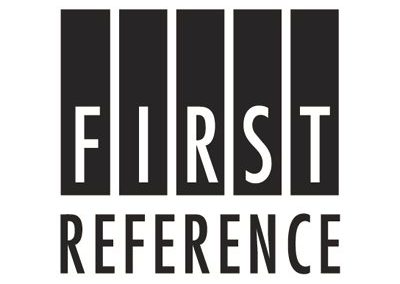Did you know that an individual is an “employee” or “worker” under some employment legislation, but not others?
As an employer, it is important for you to know whether an individual is an employee; otherwise, your organization may inadvertently not be complying with one or more of Ontario’s employment laws. Here is some information for you to consider when complying with five of Ontario’s employment laws:
1. Employment Standards Act (ESA)
For the purposes of this law, an employee includes:
- A person, including an officer of a corporation, who performs work for an employer for wages
- A person who supplies services to an employer for wages
- A person who receives training from a person who is an employer unless:
- The training is similar to that which is given in a vocational school; and
- The training is for the benefit of the individual; and
- The person providing the training derives little, if any, benefit from the activity of the individual while he or she is being trained; and
- The individual does not displace employees of the person providing training; and
- The individual is not accorded a right to become an employee of the person providing the training.
- A person who is a is a homeworker
- A former employee
2. Ontario Labour Relations Act (“OLRA”)
The OLRA provides that dependent contractors are considered employees. A dependent contractor is a person not employed under a contract employment, but is in a position of economic dependence and thus more closely resembles an employee.
3. Human Rights Code (“the Code”)
The term employee is not defined in the Code; however, it has been interpreted broadly to include: employees, including probationary, casual and temporary employees; contractors; interns; and volunteers.
4. Occupational Health and Safety Act (OHSA)
OHSA uses the terms “worker” instead of “employee” and the definition is quite broad and includes:
- A person who performs work or supplies services for monetary compensation
- A secondary school student who performs work or supplies services for no monetary compensation under a work experience program authorized by the school board or under a program approved by a college of applied arts and technology, university or other post-secondary institution
Earlier this year the definition of “worker” was expanded to include an unpaid co-op students, certain other learners and trainees participating in a work placement in Ontario.
Unlike under the Code, OSHA does not include a volunteer who works for no monetary payment.
5. Workplace Safety & Insurance Act (WSIA)
Like OHSA, WSIA also uses the term “worker,” but yet again, the definition is different. “Worker” means a person who has entered into or is employed under a contract of service or apprenticeship.



















